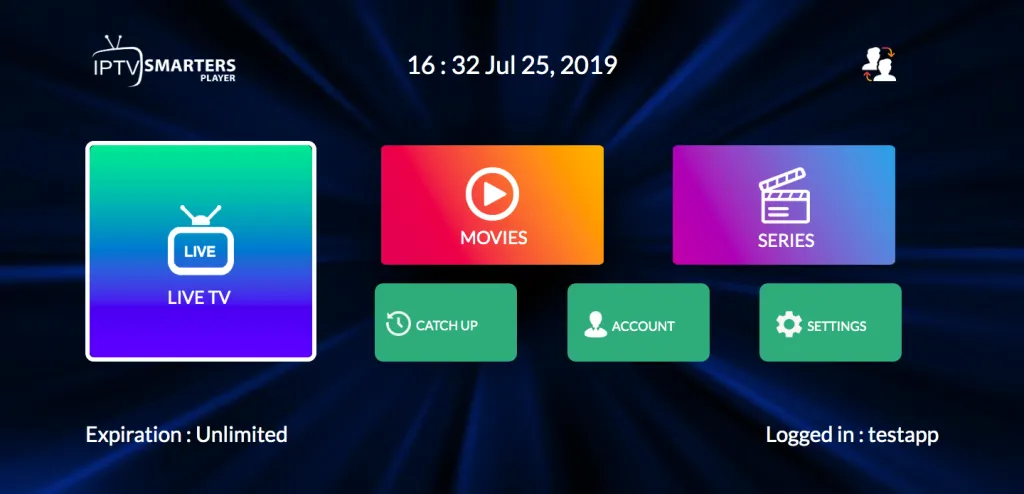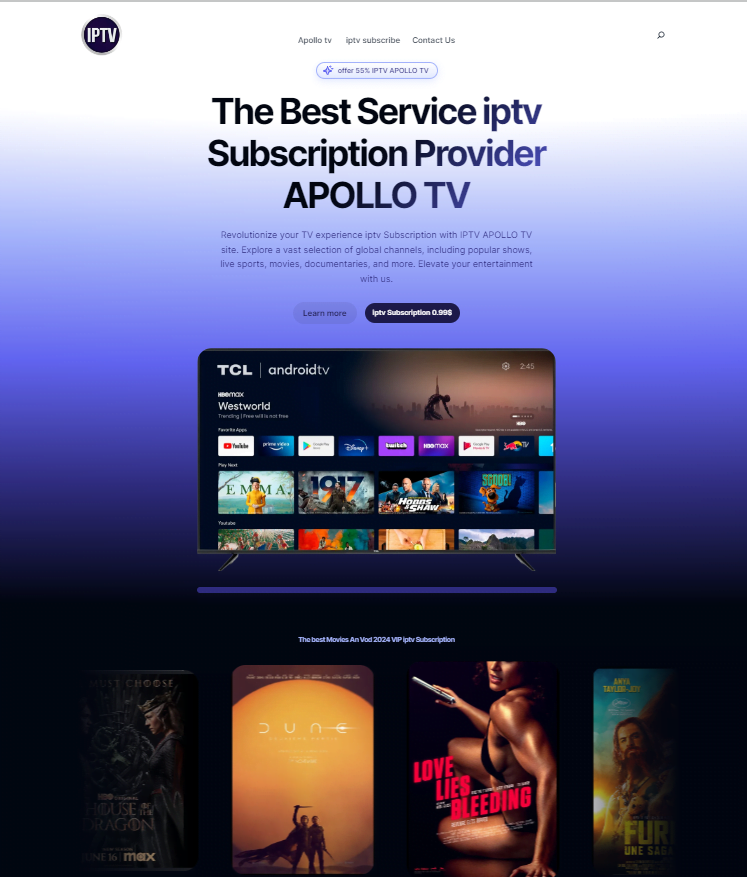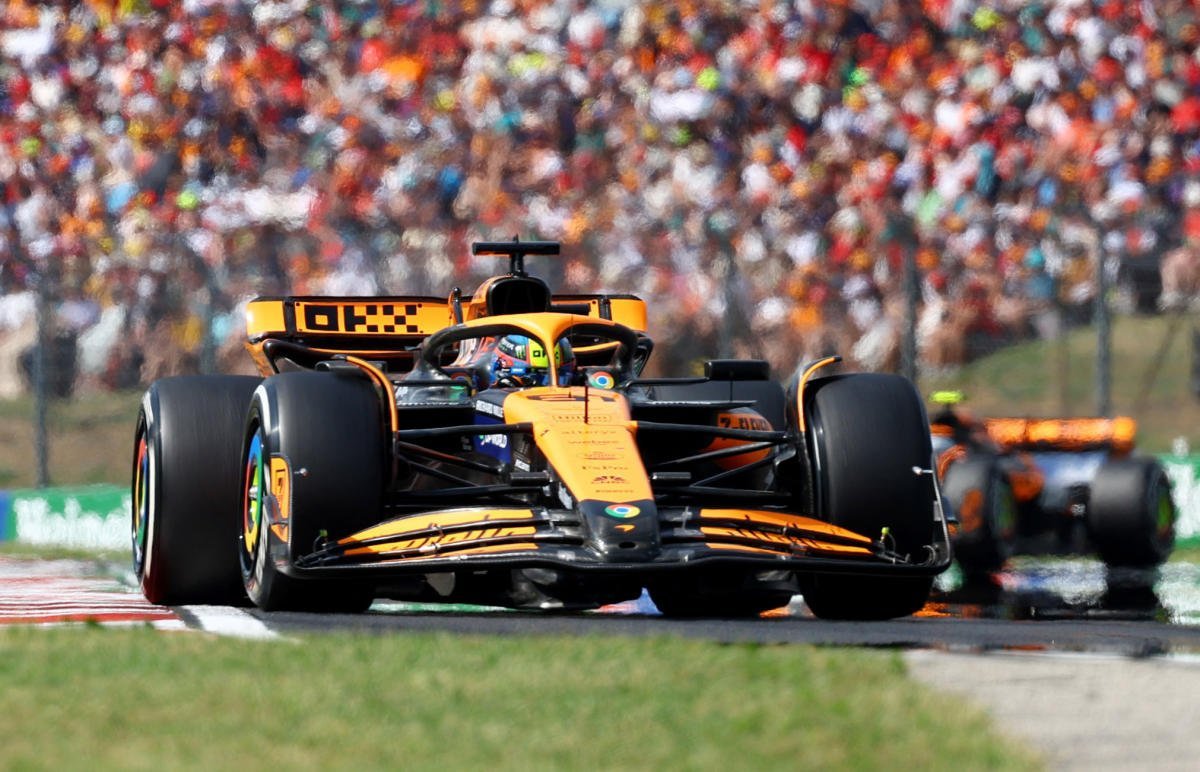
Get 4k IPTV Encoder Free Trial IPTV – High Quality Streams 2024
People today want to watch videos in top quality anytime, anywhere. Live streaming is behind this magic. Streaming encoders make it happen by turning live video into digital form. This process trims down the huge video file sizes, making them easy to send online
If you aim to stand out in the video world, you need the perfect encoder. It makes sure your videos look great without taking forever to load. Encoders are not all the same though. Each one offers different speeds and extras.

Table of Contents
Understanding Live Encoding and Transcoding
A live streaming encoder turns RAW video into a format that can be sent over the internet.1 These encoders are often not inside the camera. Broadcasters usually use special software and hardware instead. The encoder quickly compresses the video after it’s captured. It uses special techniques to make the file smaller without losing quality. Then, it sends the video online in a way that’s easy for other devices to use. For example, it might use RTMP or SRT. These are methods that online hosts understand and use for sharing videos.
What is Encoding?
Encoding includes taking video that’s already compressed, changing it, and compressing it again to send to users.2 This step isn’t always needed. But when it is, it comes after the video is first compressed. With different tools, like Facebook Live, the video can change to match the device watching. This makes sure more people can see the video clearly no matter how strong their internet is.
What is Transcoding?
Think of a story about getting gas to understand encoding and transcoding better. First, oil is taken out of the ground. This is like the original video before it’s compressed. Then, the oil is made into gas for easy transport. This is how video is prepared for sending online. Finally, the gas is mixed with other things and taken to different places by trucks. So, transcoding is like changing the video to make it work for everyone.
A Simple Analogy for Encoding and Transcoding
Let’s use the gasoline supply chain to better demonstrate the difference between these two live streaming processes. First, crude oil is extracted from underground reservoirs. This crude oil can be thought of as the RAW video source itself. Next, the crude oil is refined into gasoline for bulk transport via pipelines and barges. This is the encoding stage, where the video source is distilled to its essence for efficient transmission. Finally, the gasoline is blended with ethanol and distributed to multiple destinations via tanker trucks. This represents the transcoding step, where the content is altered and packaged for end-user delivery.
The Importance of Live Encoders in Video Streaming
Being able to store video in smaller spaces has revolutionized how we watch and share video. We used to need VHS tapes or DVDs. Now, we can stream videos or keep them in the cloud. Video encoders are the key. They crunch the video, making it easy to share or stream.
Encoders are crucial for all sorts of video needs. Want to create online fitness classes? You’ll use an encoder. Trying to stream news without big trucks via remote setups? Your encoder is essential. Even for posting videos on platforms like YouTube and Facebook at the same time, your encoder is vital.
Use Cases for Live Encoders
Video encoders have changed the storage and sharing of video. We used to rely on physical copies. Now, streaming or cloud storage is enough, all thanks to encoders.
No matter what you’re doing with video, encoders are essential. From fitness classes online to news or posting on various platforms, encoders do the job.
Free Software vs Hardware Encoders
When setting up live streaming, you don’t always need the most expensive gear. Choosing between high-tech setups and free options is up to you. And if you’re not streaming video that needs to be perfectly timed, a few seconds of delay won’t be an issue.
For some live streams, like news, a little delay doesn’t matter. But for fast-paced events or games, even slight delays are a big problem. High-quality encoding can help with this. It can reduce the time it takes for your video to reach viewers, making things feel more real-time.
| Cost Range for Hardware HD Live Streaming Encoders | Cost for Encoder Software |
|---|---|
| $600 to $10003 | Often less than $100 and can even be found for free from some providers3 |
Wirecast provides two choices: Studio and Pro. The Pro has more advanced tools. These include up to 7 guests, 8 tracks of audio, replay, and more.3
Encoders and codecs have different roles. Encoders just make video files smaller. Codecs do this and then take the video back to its original form.
Transcoding is making video smaller for sharing online. It helps viewers with slow internet watch videos without constant buffering.3
Video transcoding in the cloud is an easy option. It turns video into different sizes as needed, rather than saving many versions.3
Each step in video streaming is important. First, we encode the raw video. Then, we might need to change it again for the internet. Finally, we decode it so people can watch.
Software like Wirecast lets you do more with your videos. It supports adding titles, looks, and switching between different shots on the fly.
4k IPTV Encoder Free Trial IPTV
Benefits of 4k IPTV Encoders
An HDMI IPTV encoder turns HDMI video signals into digital IP streams. This lets you broadcast videos online easily for everyone to see. Using these encoders in your setup brings many positives. You get clear video, no delays, they work well with most devices, and save money.
Selecting the Right 4k IPTV Encoder
To pick the best HDMI IPTV encoder, look at a few key things. First, see if it can handle the video quality you want, like 1080p or 4K4. Next, think about bitrate. Higher bitrates mean nicer videos but need a good internet connection to stream4. Make sure it has the inputs you need, like HDMI, and extra things you might want, such as USB for cameras and mics. It should also work well with how you stream, like with RTMP and HLS4. Check if it can connect to common streaming places and CDNs too4. Lastly, it should be easy to set up and use.

Conclusion
Choosing the right HDMI IPTV encoders can change how you reach people online. They let you share videos that are clear and quick with a worldwide audience.4 Pick the best encoder for your goals to make live streams, webinars, and virtual events that keep people interested.
Ready to step up your streaming? Look into HDMI IPTV encoders for smooth, high-quality video sending.4 Start your journey with us to make your online space better than ever.
Video delay, known as low latency, is a key issue in streaming for 47% of those asked in a survey.1 This shows there’s a big chance to improve how quickly videos show up.1 Think about how fast you want your video to show and use the right tools to give your viewers the best experience for your type of live stream.1
FAQ
What is a live streaming encoder?
A live streaming encoder changes video data to make it small for the internet. It uses special ways, like codecs, to do this. These ways help make the video ready to go out on the internet.
What is the difference between encoding and transcoding?
Encoding turns video into a small internet-ready form. Transcoding changes this small video to fit more devices and connections. It helps more people watch the video, wherever they are.
What are the key benefits of using an HDMI IPTV encoder?
Using HDMI IPTV encoders makes your video look great online and reach people fast. They change HD video into an internet-friendly format. This makes sharing videos online efficient and easier.
What factors should I consider when selecting an HDMI IPTV encoder?
Think about video quality, the kinds of videos you will stream, and if it will work with your internet set-up. Look at the types of connections it has and what it can do. Also, check that it’s easy to use and fits your needs well.
Do I need a hardware encoder or can I use free software?
Choosing between a hardware encoder and free software depends on what you need. Hardware gives better performance and more options. Free software is a good choice for simple setups. Consider what’s important to you, like video quality and how easy you want the set-up to be.
Source Links
- https://bitmovin.com/live-streaming-encoder
- https://www.wowza.com/blog/what-is-transcoding-and-why-its-critical-for-streaming
- https://www.dacast.com/blog/live-stream-encoding-software/
- https://medium.com/@iptvxtreamehdtv/understanding-hdmi-iptv-encoder-the-ultimate-guide-to-high-quality-video-streaming-75b3e449e1e6








